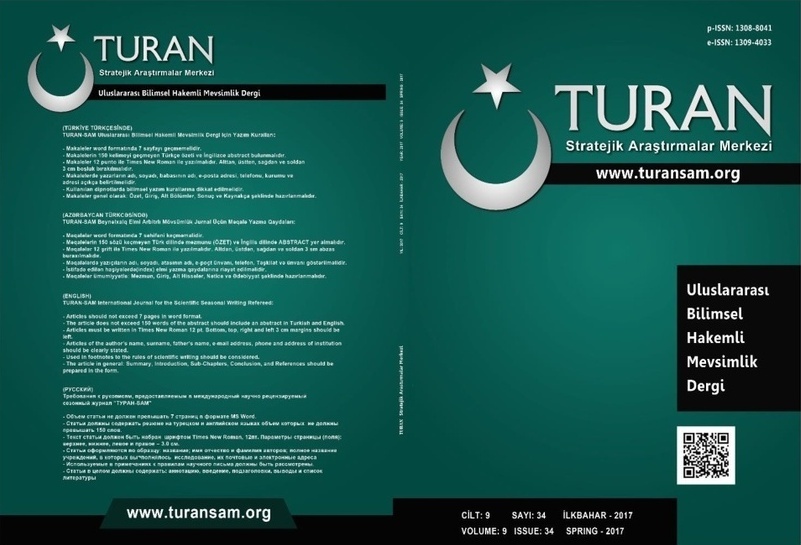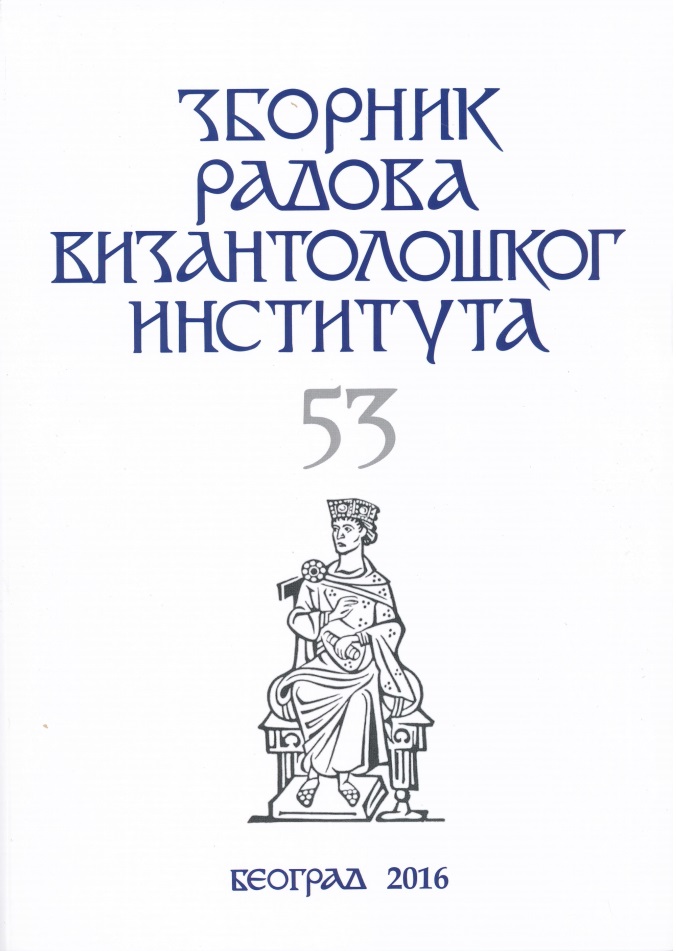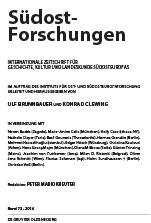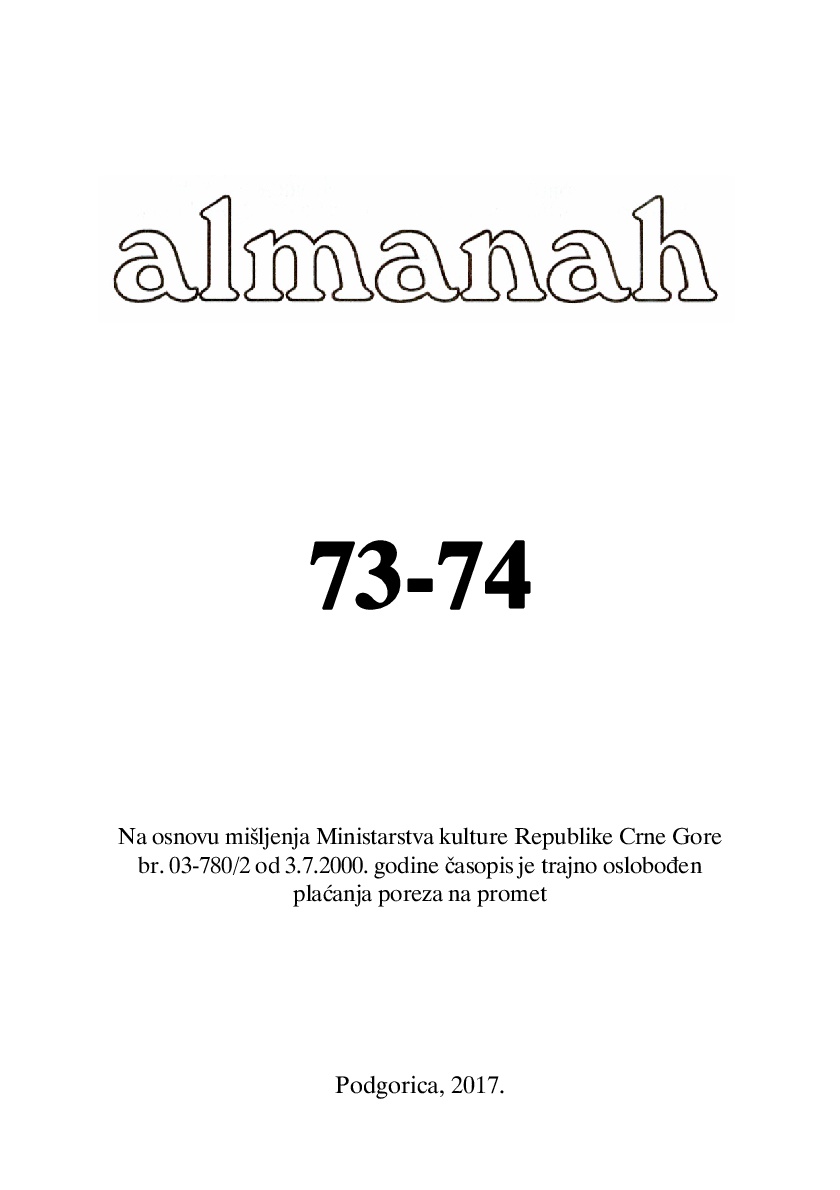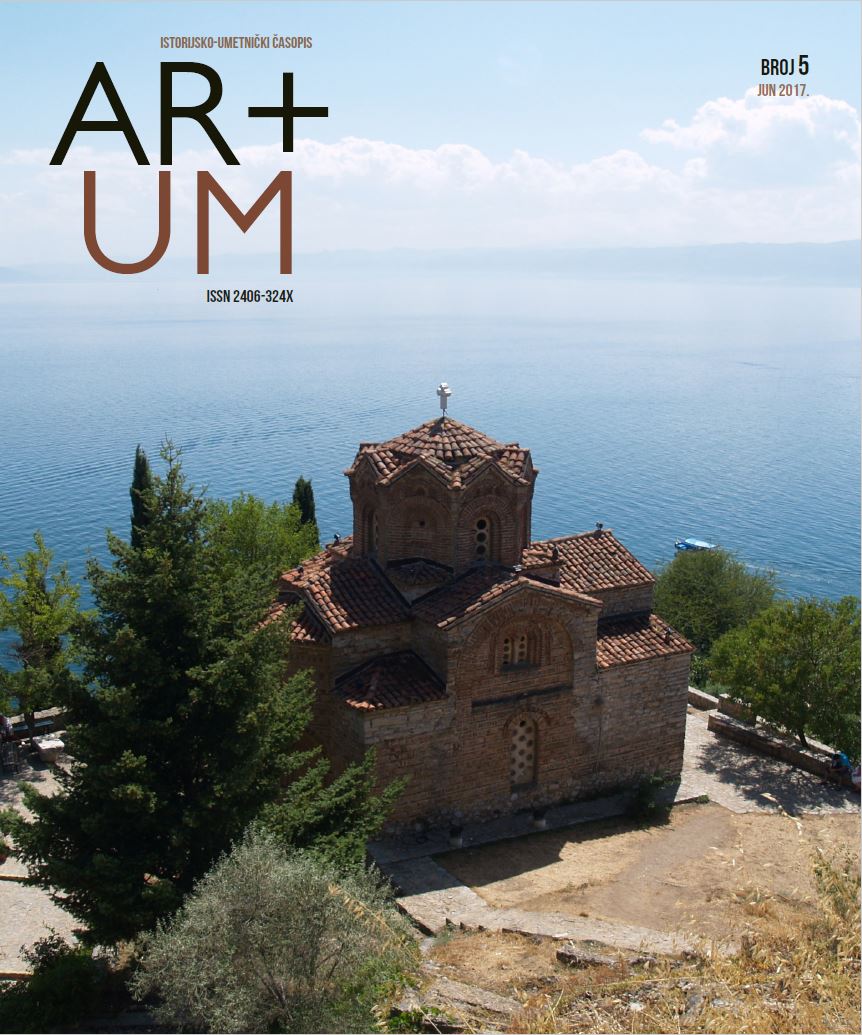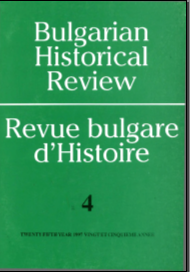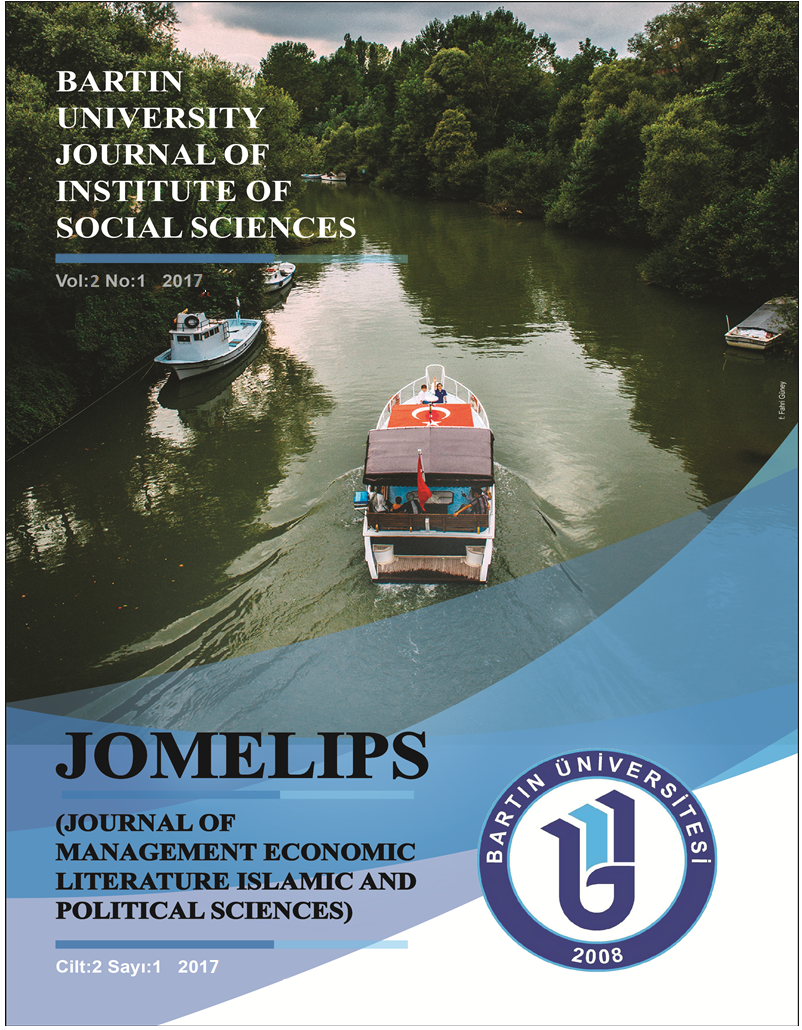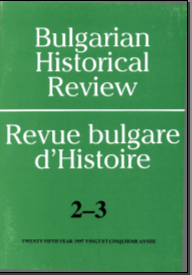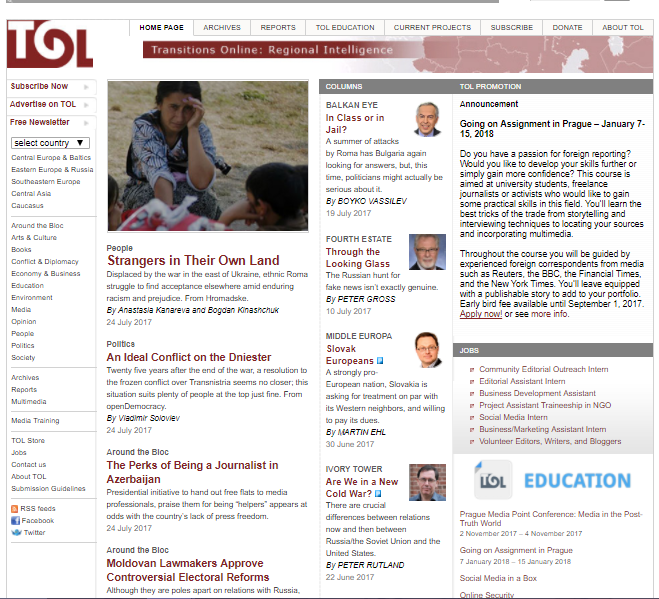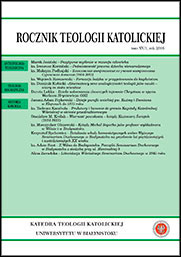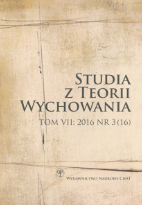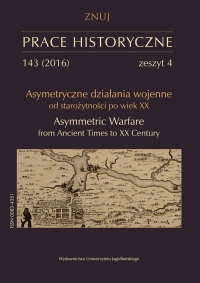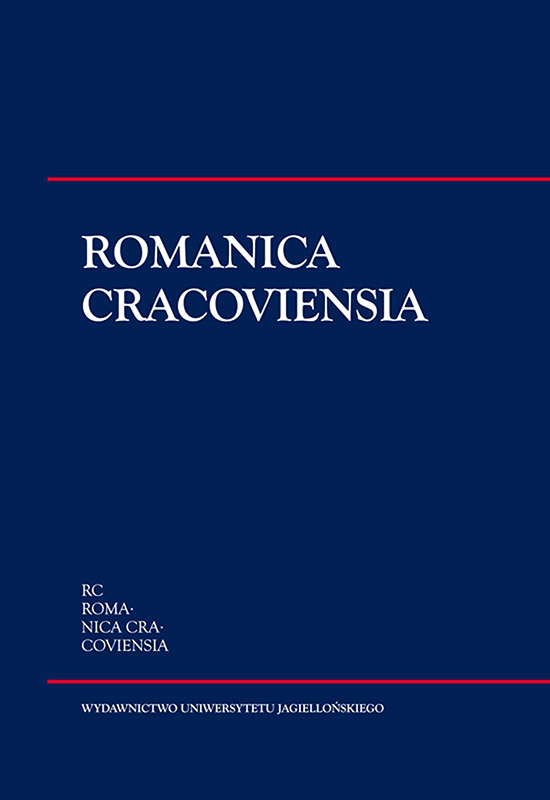Franjo Asiški: suvremenik za drugu politiku
U vremenima velikih prijeloma i kriza, koja su nužno vremena nesigurnosti, kako to opažamo u 20. stoljeću i u upravo započetom 21. stoljeću, postavlja se pitanje o orijentaciji na “mjerodavne ljude“ (Karl Jaspers) drukčije nego u vremenima optimizma i očekivanja budućnosti, koja su sigurna u napredak: Pitanje postaje ozbiljnije, postaje egzistencijalno i ne ostaje samovoljno. Jaspersov spoznajni interes za Sokrata, Budu, Konfucija i Isusa ima svoje korijene u ovoj svijesti kriza i u potrebi za orijentacijom. Uskraćivanje priznanja neobičnog, posve drugog, koje razbija normu i normalnost, radikal - no novog, življenog protuslovlja svijetu (koje ide do korijena), takvom svijetu kakav on jest, a ipak takav ne smije biti, više je od rezignacije ili straha od velikih izazova. Ono negira “princip nadu“, antropološku temeljnu potrebu.
More...
